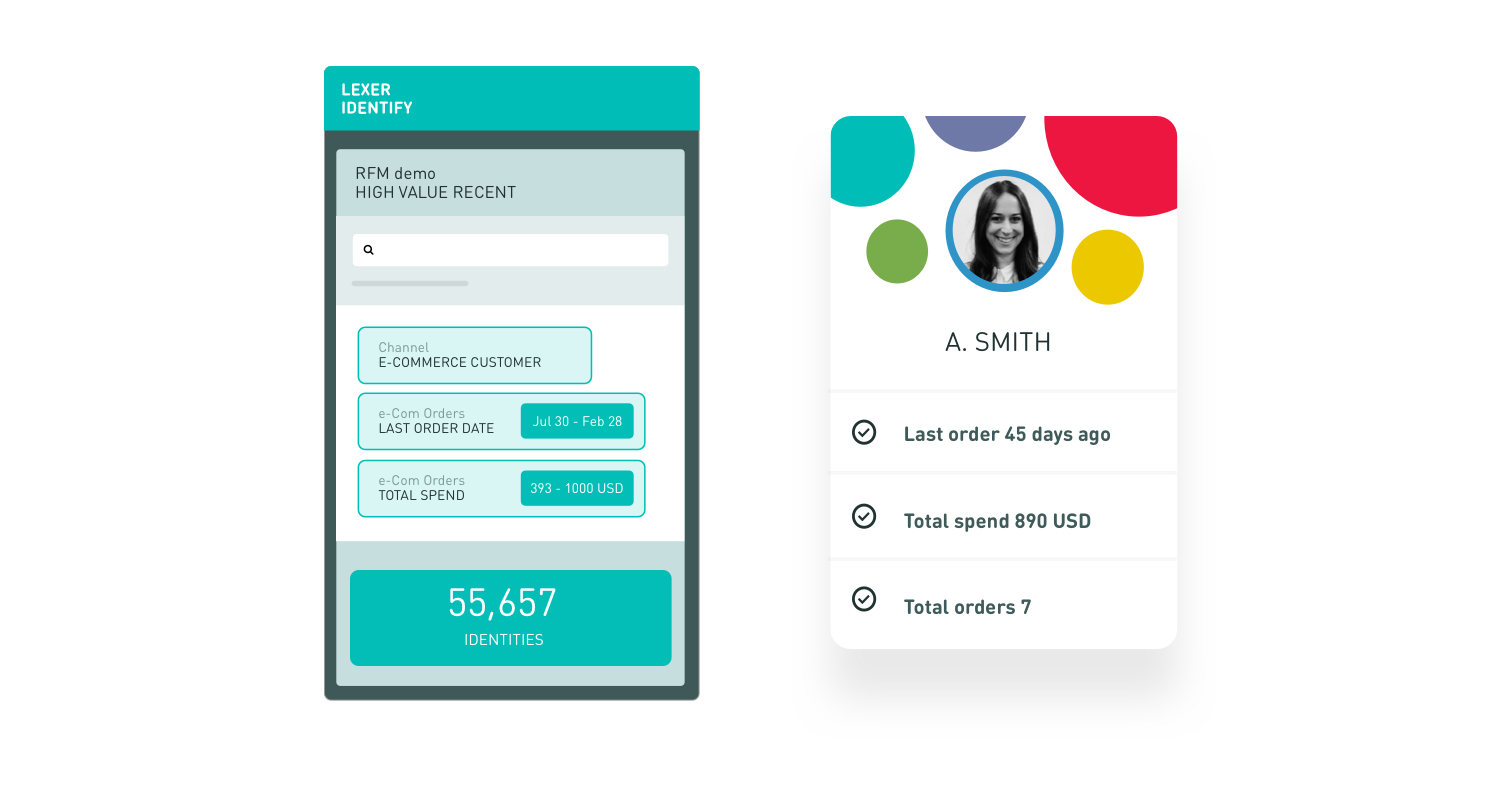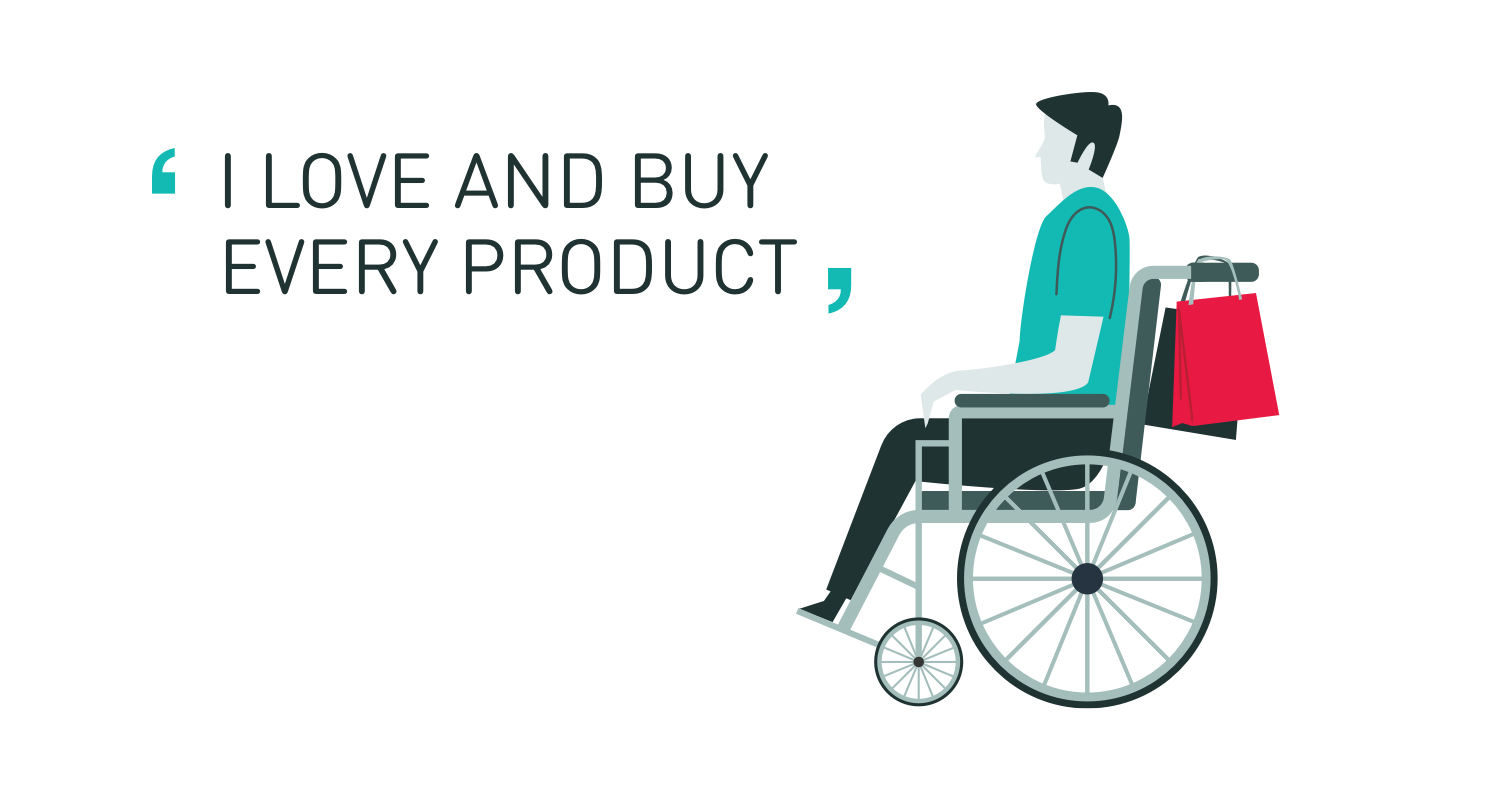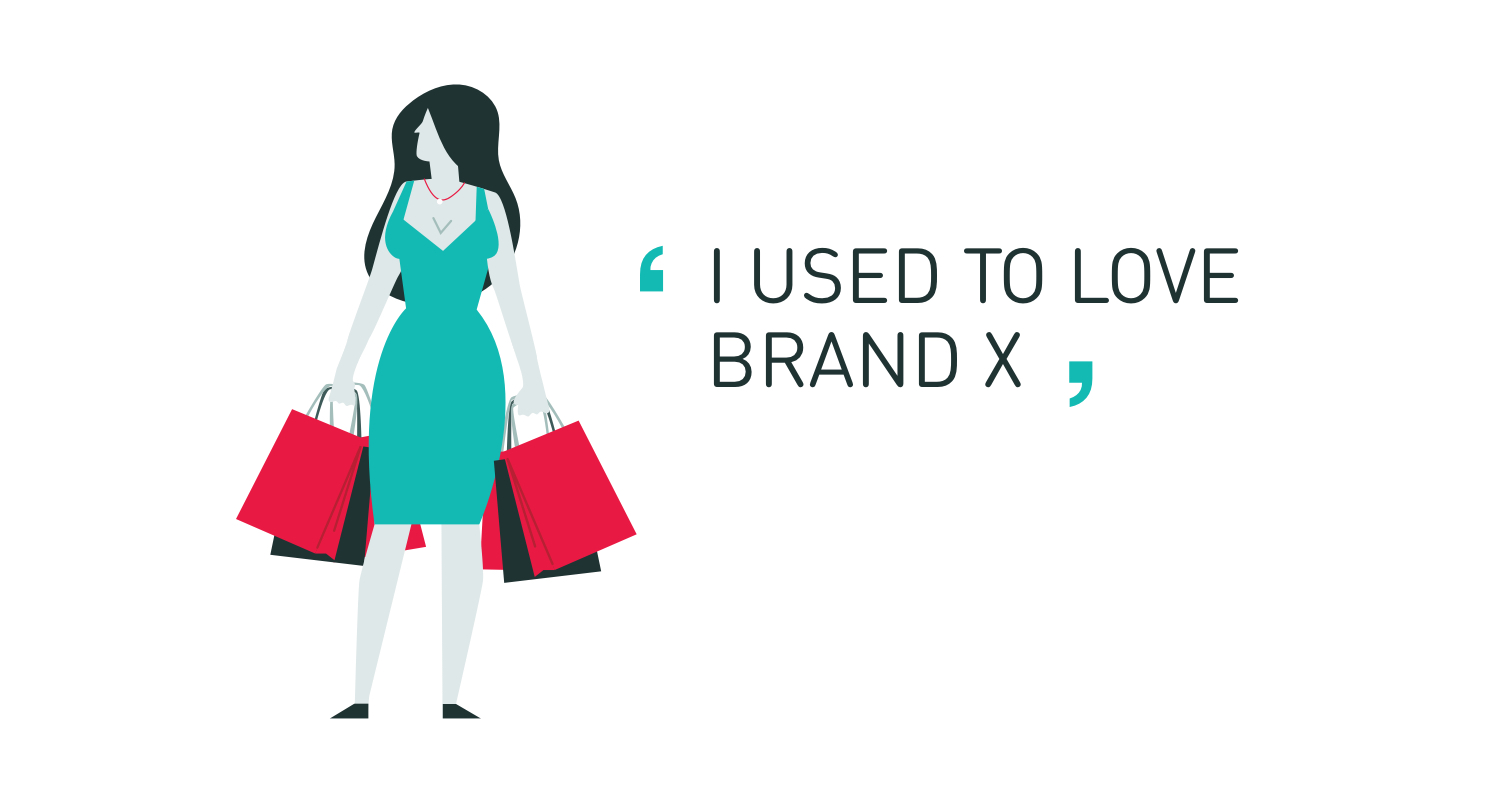October 11, 2018
The Complete Guide to RFM Segmentation
Customer marketing is a powerful, proven method for delighting your customers with successful cross-sells, increasing retention rates, and increasing your overall customer lifetime value. But, identifying the right customers to market to isn’t always easy.
In this guide, we’ll discuss one of the most popular and effective methods for gaining customer insights and improving the impact of your marketing: RFM segmentation. We’ll break down what it means, how to use it, and which tools and technology are out there to help you execute it more effectively.
What is RFM segmentation?
The RFM (recency, frequency, and monetary) model is a tried-and-true customer segmentation method known for its ability to help marketers increase revenue gains from their existing customers. The popular three-variable formula enables you to identify similar groups of customers based on their purchasing behavior.
In other words, RFM answers three questions about your customers:
- Recency: How recently did customers buy?
- Frequency: How often do customers buy?
- Monetary: How much do customers spend?
These three variables indicate your overall business health. Segmenting your customers’ behavioral patterns based on these categories can help you deliver more targeted, relevant messaging to your customers and, in turn, help you increase the response rates, loyalty, and lifetime value of your customer base.
RFM segments were first developed several years ago for the direct mailing industry, where marketers would use it to decide the sort of mail catalogs that different families would receive. For example, some families would receive catalogs that showcased high-priced items, while others received inexpensive ones. Some wouldn’t even get a catalog — and all of these decisions were based on how they scored on a set of the three variables defined by the RFM model.
Some 30 years later, the RFM segments remain a useful method for optimizing your sales and marketing spend, as well as thinking strategically about how best to engage your customers.
RFM segmentation enables marketers to target specific groups of customers with more relevant messaging based on their particular behaviors.
Why is RFM analysis valuable?
RFM analysis is valuable for three reasons:
- It is simple. Marketers can use it effectively without the need to bring in a data scientist.
- It is intuitive. Segments lend themselves to the messaging and interpretation.
- It is easily activated. With a CDP, marketers can develop campaigns based on data and drive more value almost immediately.
What can you do with your RFM analysis?
- Identify specific groups of customers.
- Target them for marketing campaigns.
- Promote repeat purchases and loyalty.
- Defend against attrition/defection.
- Acquire new customers who resemble your very best customers.
How achievable is RFM segmentation? (clue: very achievable)
RFM segmentation is designed to increase the monetary value of your customers by stimulating recency and frequency.
Using the high-value recent segment for acquisition is a modern adaptation of RFM that is made possible by using a tool like Lexer. Once you identify your best customers, you can create lookalike audiences on the channels that resonate most with them, to share products that they care about, at a time that will appeal to them.
On the flip side, finding out who your lapsed customers are can lead to the reactivation of once-loyal brand advocates.
Each brand will take a different approach to identifying the key points for each variable. Choose as few variables as possible to ensure that you have the ability to act on your RFM segments.
Segment by recency
The recency of purchase can indicate how engaged a customer is with your brand.
Start by asking the question: How often do you want your customers to purchase from you?
Let’s say you are a fast fashion brand, selling at a low price per item. In that case, you probably want your customers to purchase at least once per season. For you, a customer that has made a purchase in the last three months is an active customer and a customer who hasn’t purchased in over three months is considered lapsed.
Segment by frequency
Frequency describes how many times a customer has purchased your products.
Start by grouping your customers by the number of orders. Do you have lots of customers who have only purchased once? Our recommendation is to define two groups: those who have not ordered often and those who have.
Segment by monetary value
Monetary value describes how much a customer has spent on your products.
This can be influenced by how many times they have purchased, the number of products they purchase per order and the value of the items they purchase. An easy starting point is finding the average monetary value and creating two segments of above and below average.
How do you identify behavioral segments?
In our mock dashboard below, we have set up a search for customers we identify as high value recent. We uncovered 55,657 individuals who have made transactions of more than $393–$1000 online this year.
The customer profile here shows a highly engaged customer, who will most likely be willing to further engage and become an advocate for the brand.

In our Customer Data Platform, your data can be updated in real-time, so as customers move through different segments, that information is captured and their brand journey is altered. Your best bet for continued loyalty is to ensure that customers moving down into a low spend band are immediately led into a retention strategy — and on the flip side, low-to-high spenders are rewarded for their positive behaviors.
Choosing a CDP in which you can capture other data points like interactions with advertising, email, and social channels will improve your ability to predict the best way to maximize value from each individual customer.
4 Key RFM Segments
1. High-Value Active

The high-value active segment is composed of highly engaged customers who have purchased the most recently, the most often, and generated the most revenue.
How do you engage with this segment? These customers have demonstrated a higher willingness to pay, so avoid discount pricing to create incremental sales. Instead, focus on value-added offers through product recommendations based on previous purchases. Focus on VIP offers, loyalty and new, exclusive products.
2. High-Value Lapsed

Re-engaging high-value lapsed customers can be made easier by cross-analyzing with other data to identify the products purchased, the time of year purchased, and any other metric that might be relevant to your business.
How do you engage with this segment? Customers in this segment may have opted out of email. If you have their PII data, you can continue to re-market to them across other channels. Customer surveys may help provide an opportunity to correct poor experiences and better understand your lapsed customers. Did they lapse because of a poor experience, seasonal products, or an isolated event?
3. Low-Value Active

Low-value active customers are those who return often, but don’t spend very much on each transaction.
How do you engage with this segment? You’ve already succeeded in creating loyalty. Concentrate on increasing monetization through product suggestions based on past purchases. Consider incentives tied to spending thresholds linked to your average order value.
4. Low-Value Lapsed

This segment is composed of customers who have not spent very much in the past and haven’t purchased anything recently.
How do you engage with this segment? Revive their interest with promotional incentives and aggressive discounts off a range of products based on past purchases. Don’t lose these customers to low-cost rivals. Recreate brand value and win them back!
How do you increase the value of RFM segmentation?
In summary, RFM segmentation is a straightforward and powerful method of customer segmentation. For the best results possible, combine RFM segments with other segmentation modeling methods.
By including additional data points like products purchased, prior campaign responses, demographics, and social media, you can quickly and easily create rich audience segments.
To super-charge your RFM data, combine it with modern predictive analytics technologies to more accurately predict future customer behavior.
A CDP makes RFM segmentation easier than ever.
Implementing a Customer Data Platform can drastically reduce the time it takes to effectively implement your RFM segments and activate them instantly across all channels.
It’s the modern way to activate RFM segments — and it can help you increase customer engagement and loyalty before you lose those customers to your competitors.
Ready to take RFM to the next level?
It’s time to make data simple, so data rockstars can deliver amazing customer experiences and show-stopping ROI. The right Customer Data Platform can help you bring data together, find high-value customers, create customer personas, and cost-effectively acquire more of them.
Interested in learning more about how Lexer can help you improve customer engagement and maximize results? Book a demo with one of our retail experts today.
FAQs
How do I calculate RFM scores for my customers?
Calculate RFM scores by ranking customers on each variable (recency, frequency, monetary) and assigning scores (typically 1-5, with 5 being best). Customers are then grouped into segments based on their combined scores. A CDP like Lexer automates this calculation and updates scores in real-time as customer behavior changes.
What's the difference between high-value active and high-value lapsed customers?
High-value active customers purchase frequently, recently, and spend significant amounts. High-value lapsed customers previously showed these behaviors but haven't purchased recently. The key difference is recency: active customers are currently engaged, while lapsed customers need win-back strategies.
How often should I update my RFM segments?
With a modern CDP, RFM segments should update in real-time or at minimum daily. This ensures you can immediately respond to behavioral changes, for example, engaging customers moving into at-risk segments before they churn, and rewarding customers moving into high-value segments to reinforce positive behavior.
Speak with our retail experts

